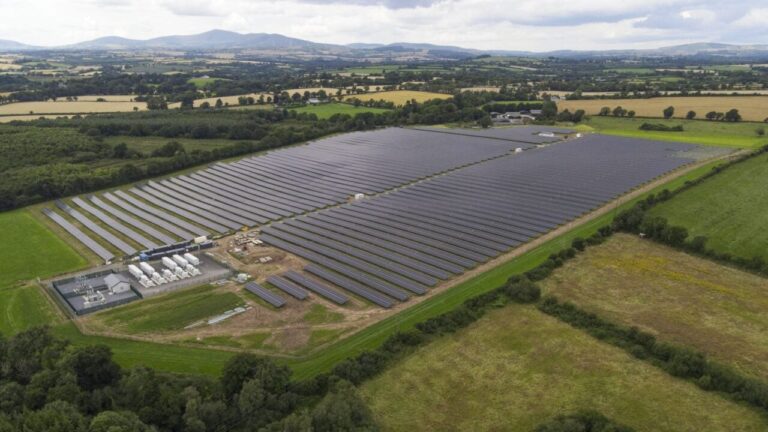Consultation on the National Planning Policy Framework (NPPF) opened yesterday (July 30), with changes aimed at “turbo-charging” the supply of renewable energy by giving “significant weight” to the benefits associated with renewable and low-carbon energy generation.
Solar Energy UK says the solar industry has welcomed proposals to change planning rules for solar projects.
The proposed amendments say local authorities must “support planning applications for all forms of renewable and low-carbon development”, giving “significant weight to renewable energy generation and a net zero future.” A further change would recognize that “even small-scale and community-led projects make a valuable contribution to renewable energy generation and a net zero future.”
An important proposed change concerns the use of agricultural land. The EN-3 document that governs applications for Nationally Important Infrastructure Projects (NSIPs) – developments with a capacity of more than 50 MW for England and more than 350 MW in Wales – defines renewable energy generation as “critical national policy” infrastructure ”, and states that “national security, economic, commercial and net zero benefits” tend to outweigh any consequences.
It even states that the quality of agricultural land that may be used for these uses “should not be a predominant factor” in determining applications. This is a change from the current NPPF, which refers to the consideration of agricultural land for food production. Local planning authorities have taken advantage of this to refuse planning permission for solar farms.
“The industry will be happy to see the back of this provision in the NPPF, which was used as a pretext for denying plans. As Energy Secretary Ed Miliband recently said, solar farms do not pose a threat to the country’s food security – and never will,” said Chris Hewett, CEO of Solar Energy UK.
A recent publication from Solar Energy UK criticizes the idea that solar farms pose a threat to national food security, citing new Foreign Secretary Ed Miliband’s comment that the government will proceed “not on the basis of myths and false information , but based on evidence”.
Changes to the NSIP threshold
Another key part of the consultation is increasing the threshold for projects to be classified as NSIPs from 50 MW to 150 MW. The argument in favor of raising the threshold is that the application process for a Development Consent Order (DCO) is more complex (and therefore more expensive) than that under the Municipal Planning Act (TCPA).
As a result, projects tend to hover around a capacity of 49 MW, with projects in the 50-150 MW range not considered cost-effective by developers. The Department for Energy Security and Net Zero (DESNZ) says the new proposal should address this.
However, as discussed in an article published yesterday (July 30) ahead of the consultation, NSIP applications have a level of clarity that is not typical of TCPA decisions, and which can be inconsistent.
Local planning authorities and the Planning Inspectorate have taken different positions on the weight to be given to decarbonisation of the energy system, high-quality agricultural land, visual impacts and development within the Green Belt.
While the changes to the NPPF are intended to address such issues, Solar Energy UK said it remains cautious about changing the 50MW threshold. “The industry will consider the proposals and how much they will accelerate the deployment of solar energy over the next decade, and that is the outcome we all want to see.”
A precedent has been set for changes to the definition of NSIP: In 2020, battery energy storage systems (BESS) were transferred to the TCPA to eliminate additional costs and encourage the proposal of larger projects.


